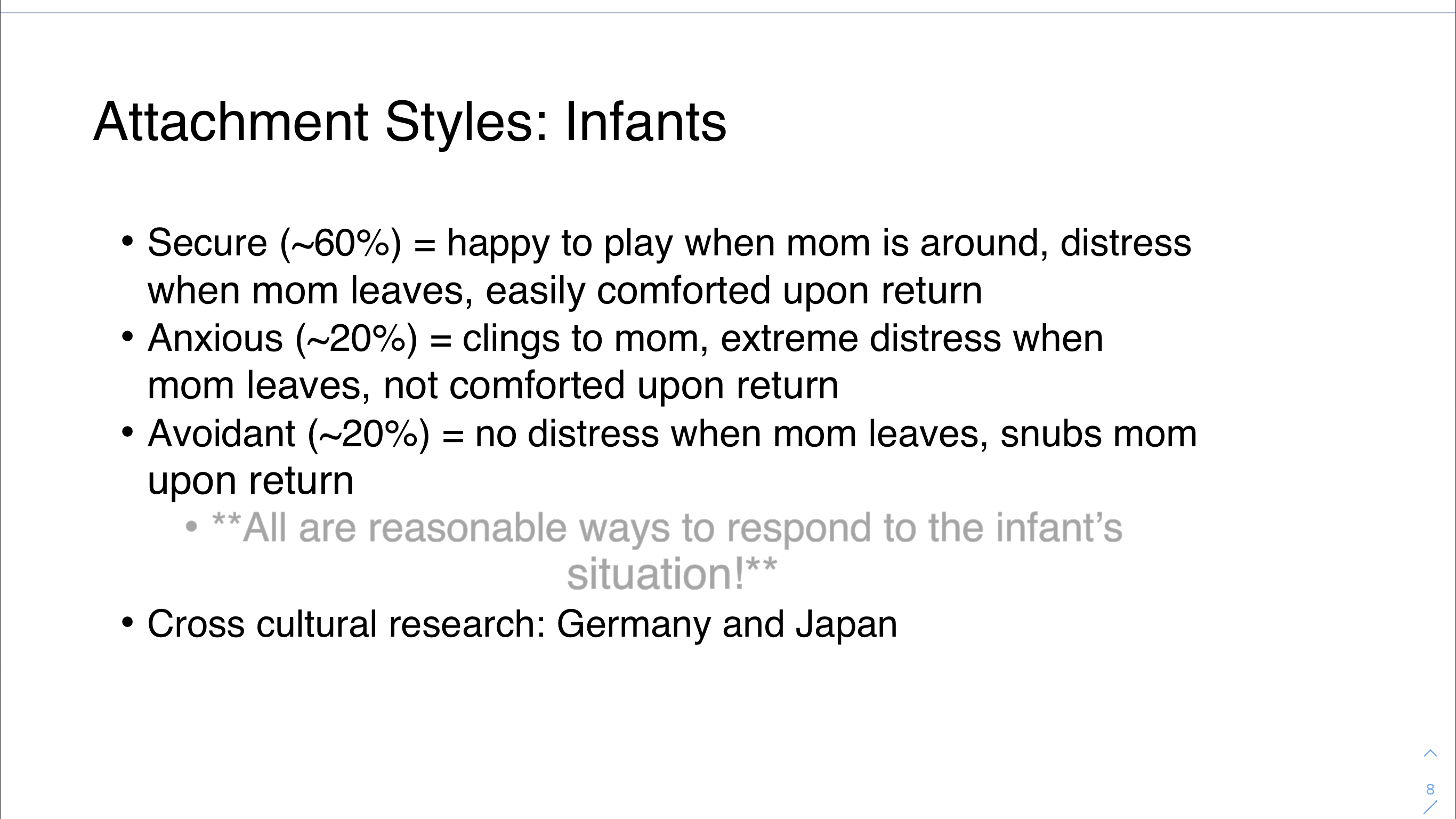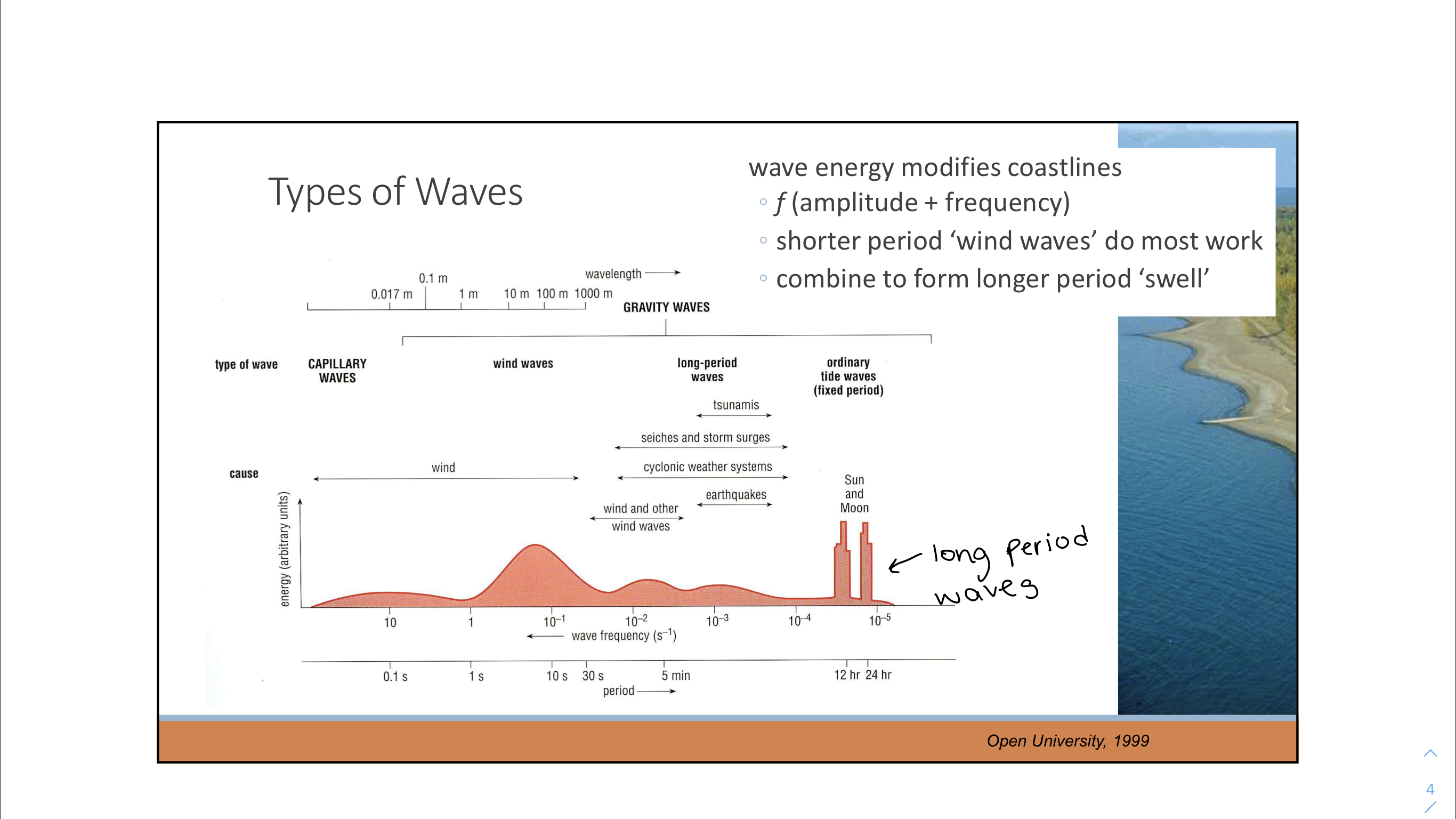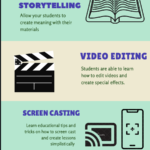Applying our Learning— Multi-media Presentations
This Ted Talk, by David Phillips, shares the reality of global presentations and how the dull ways presenters misuse PowerPoint. David is from Sweden and is using his passions to revolutionize the art of presentingng. Using 5 simple steps, he wants to transform your average PowerPoint into a presentation that is captivating, clear, and concise. I encourage you to listen to this Ted Talk to find the subtle and easy ways to transform your typical PowerPoints into professional and illuminating presentations.
The topic that stood out most clearly to me this week was the information regarding Multi-Media presentations. Throughout high school and university, I have come across the most boring and lifeless powerpoints that are used to grow my knowledge, and the most they do is make me panic or become sleepy. The photos below are an example of PowerPoint slides from my first year of university.


As you can see this slide does nothing to captivate your attention and is used daily for students to learn and absorb knowledge. In class, I end up copying the entire slide and missing everything the professor has to say because I am so concerned with missing valuable information, that I forget to listen and absorb.
My key takeaways from this week’s readings are what makes a good presentation and why. Using the cognitive load theory (multimedia learning), Dual-Coding Theory and multimedia learning theory, we are able to understand the human brain and what presentation techniques work best in supporting our knowledge retention and learning processes.
The Theories
The processing rate of information in the human brain is fairly simplistic and is constructed through mental representations of the information that is presented to them. Therefore cognitive theory makes three assumptions based on the human brain’s ability to process information, storing capacity, and retaining knowledge.
Assumptions
- To process information the brain has two separate channels, auditory and visual (Dual-Coding theory).
- Cognitive load: where each channel (auditory or visual) only has a limited capacity for storing information gathered.
- To retain knowledge, the learner must actively process, organize, and filter their new information to create mental representations, while integrating their existing understanding (constructivism).
Therefore, in order to create a PowerPoint presentation that will be an effective learning technique, one should use these theories to understand the human brain and construct information in a way that allows humans to process and store information for stronger learning techniques.
Helpful tips for creating a powerpoint:
- Use only one central idea per slide (Cognitive Load Theory)
- Only 6 or fewer objects per slide (Cognitive Load Theory)
Both of these tips allow for less stimulation and create a slide that is easy to follow along and create meaning from. Although you will need to use more slides for each presentation this will benefit your audience’s attention and retention of the information provided.
3. Do not read off of your slides. (Multimedia Learning Theory)
4. Tell a story with your images and text. (Multimedia Learning Theory)
This allows the audience to follow along and listen to you rather than focus on the slide.
5. Make the central idea (prominent feature) stand out as the most important. (Multimedia Learning Theory)
6. Use proper public speaking techniques while presenting. (tone, pausing, and eyecontact)
7. Use easy-to-read fonts. (Helvetica, Ariel)
8. Use contrast. (black background, brighten text, and make yourself the center of the presentation)
What I mean by this is do not create a harsh background where viewers cannot see or read the information, or a background that takes the audience’s attention away from your presentation.
Overall, PowerPoint is an incredibly useful tool in creating presentations and society is slacking in their display and creation of these presentations. Therefore, by watching the Ted Talk and using the PowerPoint tips and tricks hopefully PowerPoint will become revolutionized to align with the human brain’s processing rate to allow ample opportunity to retain and collect information.
Presentaion:
For my presentation, I chose to rewrite my Psych Professors slides in a way that follows the learning theories to appropriately share information for ample knowledge retention.
Citations:
Mayer, R. (2020). Cognitive Theory of Multimedia Learning. Learning Theories. https://www.learning-theories.com/cognitive-theory-of-multimedia-learning-mayer.html
Google. (n.d.). Principles of Multimedia Learning – A summary. Google Docs. https://docs.google.com/document/d/1TGVFG_iCc3iSz3aX3j8UC-YC63V__6tKFJQ4FtAsH4o/edit.
Richards, L. (2021). How we Learn: Key Learning Theories. Interactive and Multimedia Learning. https://edtechuvic.ca/edci337/2021/05/15/2-topic-how-we-learn-key-learning-theories/




lukejr
May 23, 2021 — 9:13 pm
It is sometimes hard to think back on all those classes of the past where these power-point rules were non-existent. I like your using multi-media throughout this post. Like your theme too.
ramneetbhullar
May 23, 2021 — 11:43 pm
I really loved how you revised the powerpoints you had from other classes and were able to integrate that flawlessly throughout the reading. This really allows a tangible example for the reader to draw on. I also really enjoyed the overall structure, how you went from Introducing the video, the theories, and then complied your own list of helpful tips for users, this made the whole blog more educational, making it more hands on. One thing I think you could work on is condensing the blog down, it was a tad bit long, and I believe we should be aiming for 250 words in the class.